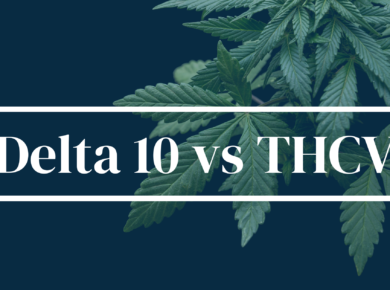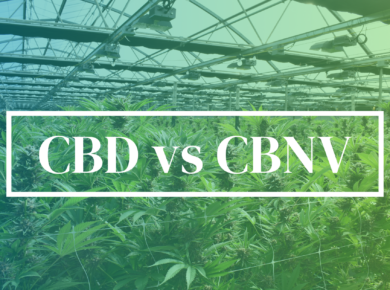Looking ahead to the 2020 season, industrial hemp poses a real problem for farmers. Many farmers are anxious to include hemp in their crop rotation. Faced with falling commodity prices and uncertainties due to trade and tariff issues hemp seems like a lifeline. But the reality is that the hemp grown this summer for CBD extraction flooded the market and biomass, isolate and distillate prices collapsed as a result.

Should farmers even bother growing hemp this summer? Why compete in a crowded market if biomass is just a bulk commodity? What’s a hemp farmer to do? Stop, plan and plant accordingly.
Only plant what you can sell. Just because you have an extra 20 acres doesn’t mean you should grow 20 acres of hemp in addition to everything you’re committed to. Try to line up purchase agreements before investing money in something you may not sell.
Only plant what you can successfully harvest. Growing hemp is one thing. Cutting, trimming, drying, curing and storing is yet another. Harvesting is labor intensive and requires dedicated drying facilities. Cut corners and risk ruining your summer’s hard work. For example, proper storage prevents mold and mildew, two things you can’t risk.
Grow CBG, not CBD. Everyone is chasing one and only one molecule, cannabidiol. Farmers grew CBD last summer and too much of it at that. So grow CBG instead. It’s another cannabinoid that many are interested in because of its potential medical use. If you can find reliable seeds or clones the flowers will command a much higher price until supply catches up with demand.
Join the Largest Wholesale Hemp Marketplace Now >>
Plant inexpensive regular non-feminized hemp seeds for the fiber market. Let’s assume that the CBD market is but the tip of the iceberg and the larger hemp markets are fiber and food. The catch is that there isn’t a domestic hemp fiber market. Yet. Most of the fiber hemp industry is centered in China. If we want a domestic hemp fiber industry someone needs to go first. Fiber seeds are hard to find but try growing inexpensive seeds as fiber. Plant them packed closely together to encourage tall plants with long bast fiber. Don’t worry about male plants and pollen because you want to cut the plants before they flower (higher quality fiber). Field ret them yourself (Google it). Separate the hurd from the bast, chip the hurd and experiment making hempcrete. Learn now because fiber, textiles and things like hempcrete will be huge. Get a headstart now.
Don’t try to sell flower a.k.a. biomass. Add value on the farm. Would you rather sell milk or aged cheese you made on site? The former is a commodity offered by every other dairy farm within spitting distance. The latter sells for more because you added value by processing yourself. The same is true with hemp. Flower is a bulk commodity. You can process it by making dry sift kief or bubble hash. These are both solventless extracts that are worth much more than mere flower. The tools are simple, the techniques are time tested and the COA will reflect a much more concentrated product. Another method is to steam distill the terpenes and sell them to processors. The key is to plant cultivars with high terpene profiles not necessarily high CBD levels. Trust me, there’s a market for whole plant terpene extracts.
Build hemp farm tools. Are you a tinkerer? Do you like to build things? The hemp industry needs tools. Think about it: there are no tractor implements designed specifically for harvesting hemp. Sketch out what you’d like to use and head out to your shop. Build the missing tools we all need. Who better to build them but a frustrated and motivated hemp farmer?
No, growing hemp for CBD processing isn’t as lucrative as it was a few years ago when cultivation was centered in CO and OR. Today thousands of licensed hemp farmers are growing tens of thousands of acres across the country. Stand out from the crowd by doing something different. Think long term if you believe in the future of hemp. Or as I often say “focus on climate, not weather”.
Get Hemp Seeds as Low at $0.30/each with the Kush.com Group Buy >>
About the Author

Jerry Whiting is the President & Co-founder of LeBlanc CNE, Inc. He is a monthly columnist on hemp for NW Leaf. Jerry has been a speaker and panelist at several major events such as CannaCon, Hempfest, Bellingham Budfest, and Hemp & Health Expo (Pasco). He’s also been a guest on the CannaCon podcast and hosts The LeBlanc CNE Podcast.
Contact Jerry at LeBlancCNE@gmail.com





